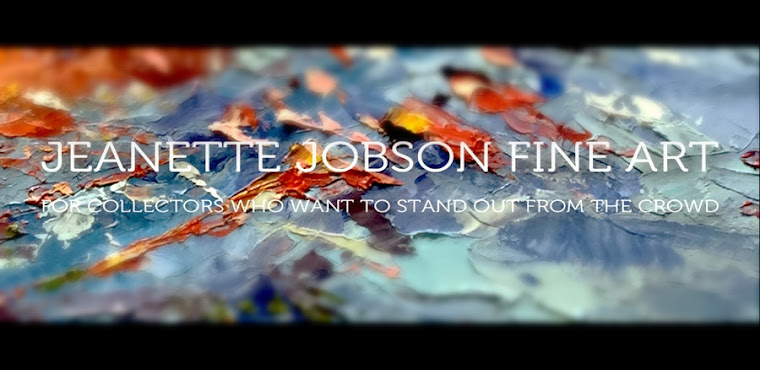 Leonardo da Vinci
Leonardo da VinciStudy of Arms and Hands c. 1474
Silverpoint heightened with white on pink prepared paper
214 x 150 mm, Windsor, Windsor Castle
I bought some sterling silver wire for some of the jewellery that I make and I want to experiment with silverpoint drawing, one of the oldest drawing media, predating the graphite pencil. Silverpoint drawing is done with a sharpened silver wire on a gessoed support. Because silver reacts, the silver-gray drawing then tarnishes to a darker reddish brown. I need to create a treated surface to draw on, either gesso, or if I can't find that, then gouache or perhaps at a pinch, latex on a firm paper. I'll test it using some of this silver wire in a mechanical pencil holder. There are specific silverpoint supplies that can be purchased, but I won't invest money until I know that I like it or it performs as I want it to.
Here are some links to silverpoint for those interesting in trying their hand.
Gerrit Verstraete
Diana Fairbanks
Jason Hugger
International Silverpoint Archives
Silverpoint Web
Silverpoint Drawing Complete
My other creative alternative is knitting, which I haven't done for a long time,, even though I have cupboards of a storage room stuffed with balls of yarn or all types. I agreed to teach a few beginners to knit in March, and need to reacquaint myself with the movement and feel of yarn and needles. I have been a knitter since grade school, just likely less enthusiastic in those school days when we had to knit squares for blankets for less developed countries.
I moved into a stage of constant knitting for many years, only to have it lapse when drawing took over most of my time. I began a Master Knitter course in the late 1990s, however part way through it seemed that the endless squares were more like tension swatches than a verification of my skills, so I didn't complete it. The concept was to provide, in several phases (3 or 4 I believe) of increasing difficulty, proof of your skills through a variety of squares of work that eventually could be sewn together to make a bedspread sized blanket. I have about half the course completed and still sitting in that storage room cupboard, waiting. I guess I should sew the squares already made into something instead of letting them languish.
I also believe that acrylic yarns should be abolished. Yes, I know they serve a purpose in this wash and dry society, but the feel of real wool, alpaca, cashmere or soft cotton or linen can make or break your interest in a knitting project. And, if I'm going to invest time and money in creating a knitted piece, then it needs to be unique, both in pattern and materials.
For those interested and not close enough for me to show them the techniques, try a couple of these links to get your started on a new art form.
Canadian Guild of Knitters
Craft Yarn Council of America
Knitting Help



